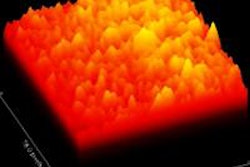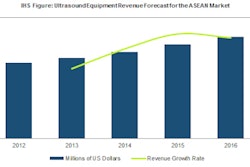Thursday, December 5 | 11:40 a.m.-11:50 a.m. | SSQ05-08 | Room N226
Pelvic ultrasound is considered the best imaging modality for evaluating ovarian torsion, but CT may offer comparable diagnostic value, according to researchers from Alpert Medical School at Brown University.Dr. David Swenson and colleagues evaluated the frequency of imaging findings for ovarian torsion on ultrasound and CT studies performed in the emergency department. The study included 20 women with surgically proven ovarian torsion who had both exams between March 2006 and May 2010.
Two radiologists reviewed all ultrasound and CT studies in consensus, measuring each torsed ovary in three axes and grading each study for the presence or absence of enlargement and increased volume.
In the torsed ovaries, ultrasound showed the following:
- Stromal edema in 40%; CT identified 60%
- Peripheral follicles in 40%; CT identified 5%
- Twisted vascular pedicle in 10%; CT identified 60%
- Small free fluid in 55%; CT identified 45%
While ultrasound is considered the optimal imaging modality for identifying torsion, CT was at least as successful in demonstrating ancillary findings of torsion, Swenson and colleagues concluded.




















